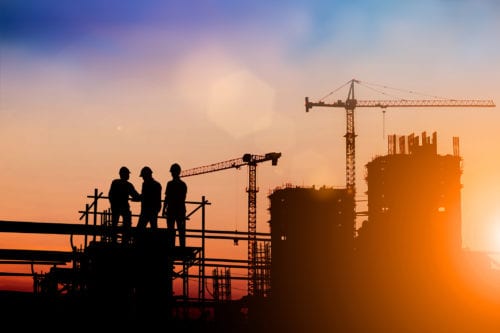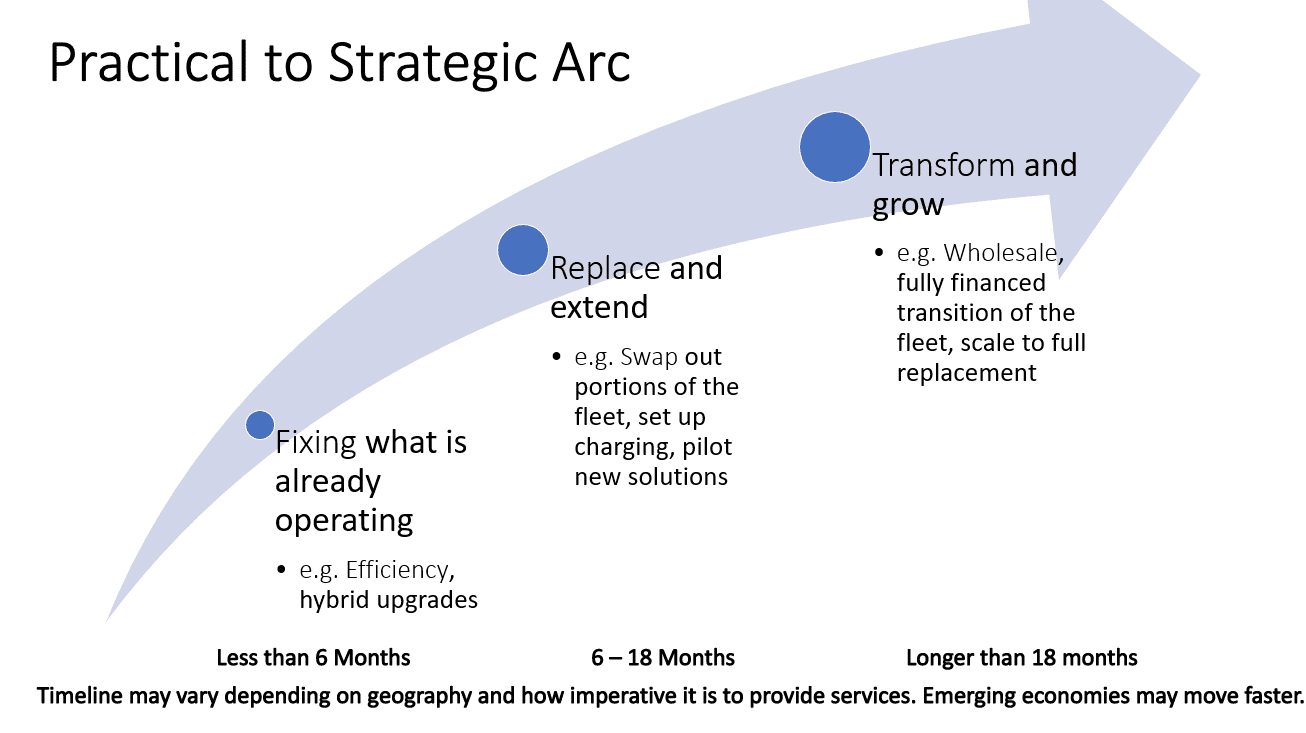Silhouette of engineer and construction team working at site over blurred background for industry background with Light fair.Create from multiple reference images together

Frameworks for Stimulus
Ensuring Success and Sustaining Impact
As the COVID-19 pandemic spreads across the world, countries are witnessing an unprecedented shock to their economic, healthcare, and industrial systems—and a global recession is likely already underway. Not only do we need decisive fiscal action to avoid a deep and potentially long-lasting economic downturn, but we also need a strategic focus on green and low greenhouse gas solutions to help turn things around and reduce the severity of future crises.
And with so many options for different policy measures to enable economic recovery, a framework can help to plan which actions are most effective, and what is needed at what phase of the crisis.
Timing and Impact
Our key economic sectors—and the companies that drive them—are in varying levels of need; therefore, it is critical that we differentiate funding according to urgency of need and long-term impact. A simple approach to planning for these elements builds from practical, easily implementable actions now that put us on a path to more strategic transformation. For example, during the early months of recovery, focus on fixing what is already operating; then move to replacing and extending current infrastructure; and set a path toward transformation and growth.
The above graphic illustrates a time-based approach to considering investments. Each of the three phases addresses a critical point of need, as well as long-term growth potential. The success of any stimulus investment will require an honest evaluation of where an industry, company, or technology lies on this timescale. To make the above strategic arc more concrete, we’ve developed the following example.
Example: Public Transit
Public transit has garnered a great deal of attention in stimulus discussions, as transit agencies across the country continue to struggle through this crisis. Some agencies are reporting over 80 percent reductions in ridership, and many are questioning what a return to normal will look like.
Fix what is already operating
Fortunately, the third phase of the stimulus approved $25 million in funding for public transit. This initial round of funding, which many have referred to as “fix it first,” is aimed at helping agencies weather ridership reductions and maintain service through this period of significant declines in ridership.
Furthermore, there is an opportunity during this time of reduced ridership to repair and retrofit unused buses. Many transit agencies are operating aging buses that are frequently taken out of service for repairs. This has a direct impact on bus availability and, therefore, service frequency. Now is an ideal time to relieve agencies of these maintenance costs, with careful protections for workers.
Replace and extend
A broad spectrum of policymakers and advocates are arguing for significant investment in electric buses and their associated charging infrastructure. After all, electric buses have zero tailpipe emissions and expose passengers and pedestrians to significantly fewer air pollutants. In a timeline of 6–18 months—during which agencies will ideally have returned to normal levels of operation—there is an opportunity to swap out portions of the fleet, set up charging, and pilot new solutions.
Transform and grow
After a period of recovery, some transit agencies may be positioned for a whole-scale transition of their fleets from diesel buses to battery electric buses. To date, there is not one large-scale transit agency with significant ridership that has transitioned a meaningful percentage of its fleet to electric vehicles. However, one-third of public buses are committed to transition to electric, with many of those commitments enshrined in law. The industry needs a proven test case that is applicable for extensive, urban transit systems. Therefore, there is a strong case for funding a full–scale overhaul where and when appropriate.
Conclusion
We can make recovery investments that lead to practical fixes to our infrastructure and put us on a path to strategic transformation, if we plan them carefully. And while it is necessary to revive crucial incumbent and emerging industries, we can and should build back a cleaner, safer, lower-carbon economy by both supporting new industries with growth potential and transforming legacy industries.
COVID-19 is affecting our communities, households, and livelihoods in unique and unprecedented ways. We must not only build back but build back better. This means ensuring, as best we can, that we are fostering job growth and improvements to critical services, and benefiting public health with a sustained and lasting trajectory.

